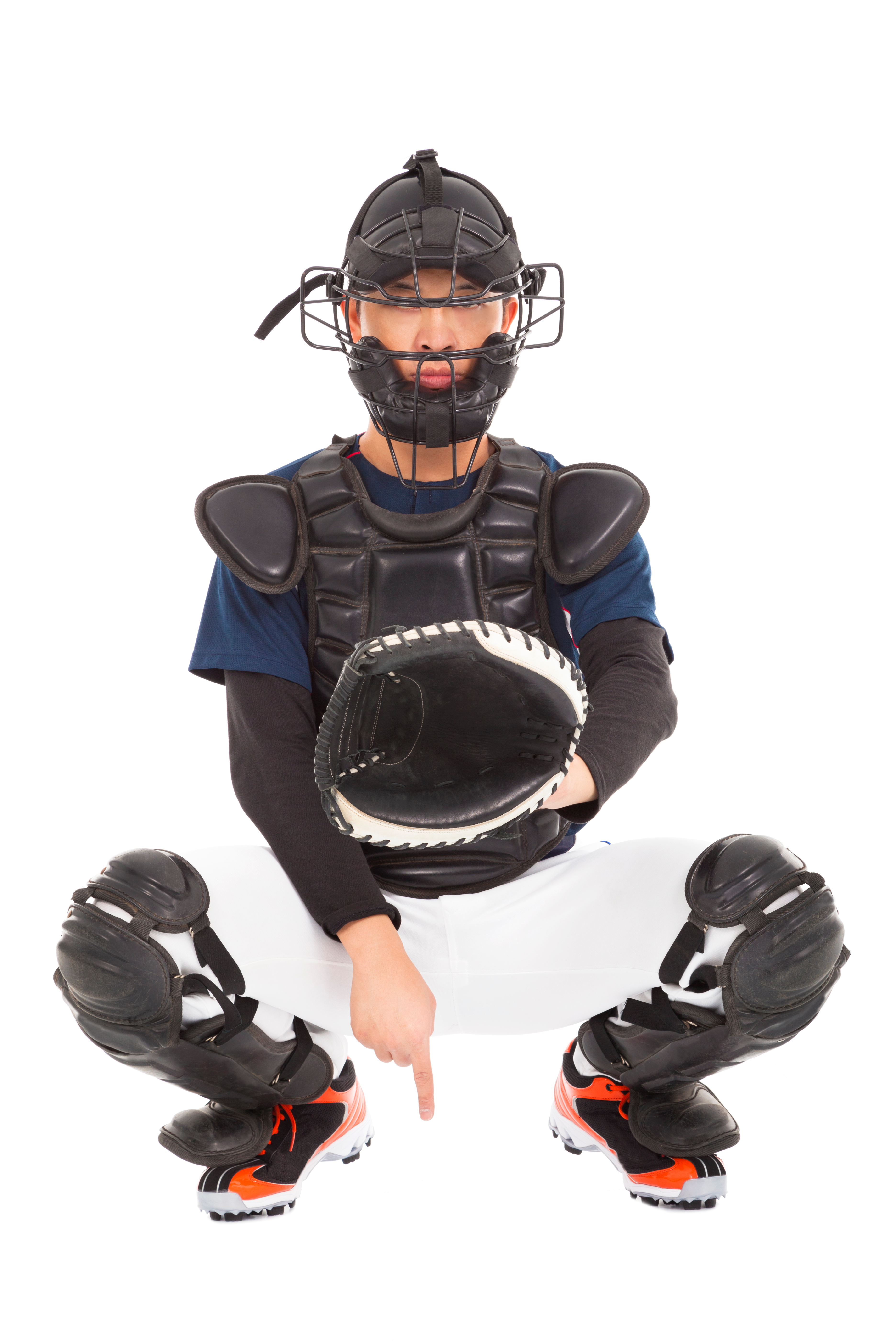Unveiling the Power of the Pitcher-Catcher Relationships
Baseball is a sport that thrives on teamwork, strategy, and precision. At the heart of this dynamic game is the powerful relationship between the pitcher and the catcher. Often referred to as the battery, the pitcher and catcher work in perfect harmony, communicating and executing strategies to outsmart opposing hitters. In this blog post, we delve into the importance of the pitcher-catcher relationship and how it impacts the game of baseball.

